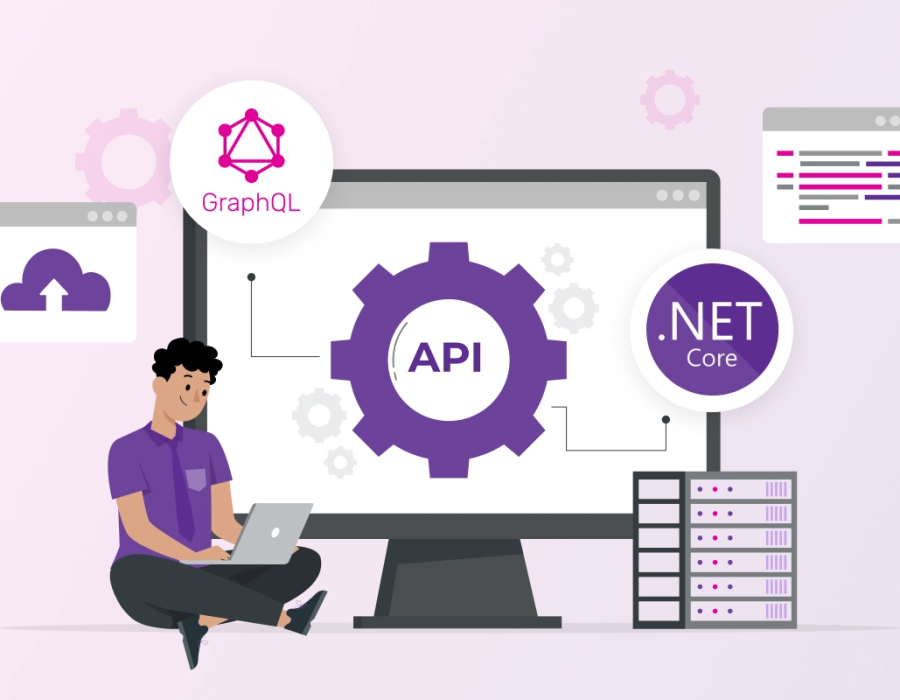An improved and more versatile query language for APIs than REST is called GraphQL. Originally developed by Facebook, it is now open-sourced and supported by a sizable community.
Over the past few years, restful architecture has emerged as the industry standard for designing online APIs. REST APIs, however, have proven to be too rigid to adapt to the ever-changing needs of the clients using them. Hire .Net core developers to implement and integrate GraphQl dotNet core. Now let us understand in this blog what GraphQL is and how to build a GraphQL server with ASP.NET Core.
What is GraphQL?
A Query language for APIs called GraphQL allows the client to dictate the response it receives, rather than the server dictating how to respond.
It answers the client’s inquiry by acting as a mediator between the client and creating a GraphQL backend service. Multiple resource requests can be combined into a single GraphQL Query formatter.
GraphQL was created to address the demand for greater flexibility and efficiency and to address many of the drawbacks and inefficiencies that developers have when working with REST APIs. Therefore, GraphQL is just an improved REST.
When performing CRUD operations on an entity using REST, we typically have numerous endpoints. Additionally, there are issues with overfetching and underfetching, and the returned data structures are fixed and rather rigid.
· When endpoints deliver more data than what is required in the user interface, this is known as overfetching.
· When a particular endpoint doesn’t supply enough of the necessary data, it’s referred to as underfetching. The client will need to place another call to get what it requires.
Considering TechEvent as a whole for example: A participant may register for more than one tech event, and events may have many participants. To retrieve the necessary data in REST, you must contact three endpoints here:
· GET/API/techEvents => To obtain all tech events
· GET/techEvents/API/{id} => To get single ID
· GET/API/techEvents/{id}/participants => to gather information on attendees at an event





Comments